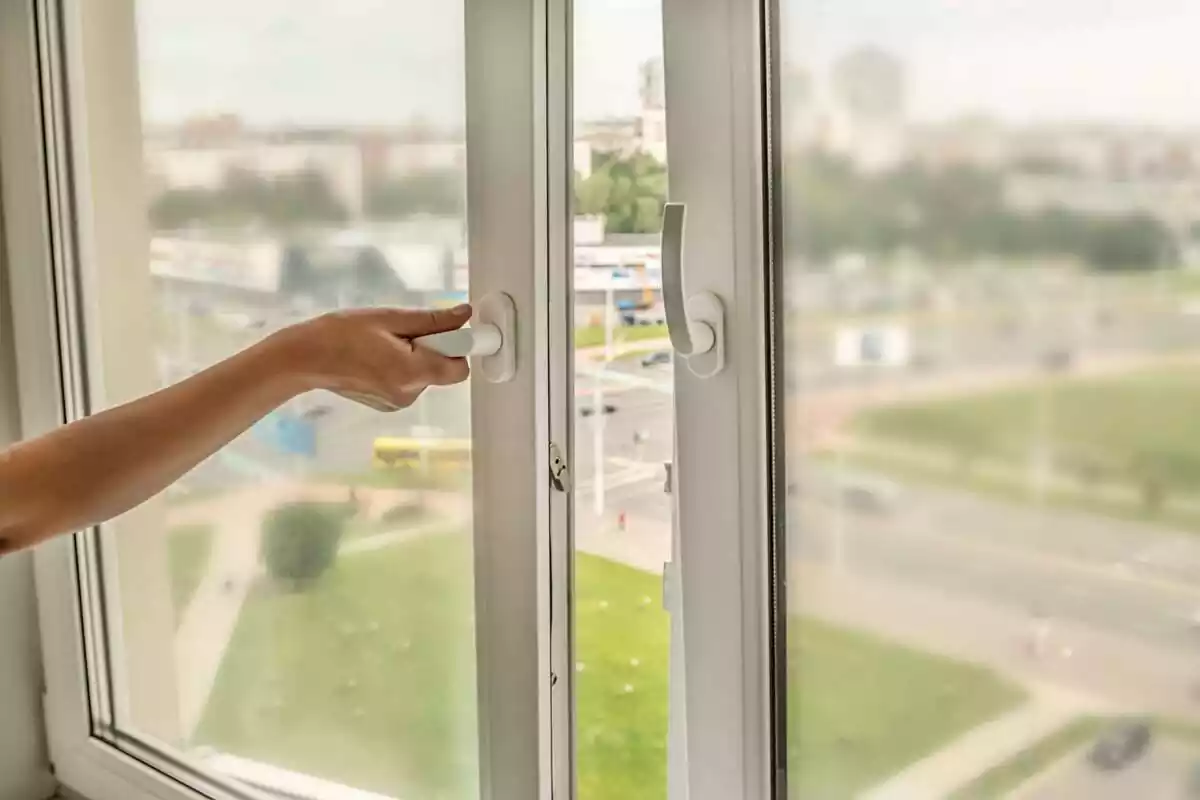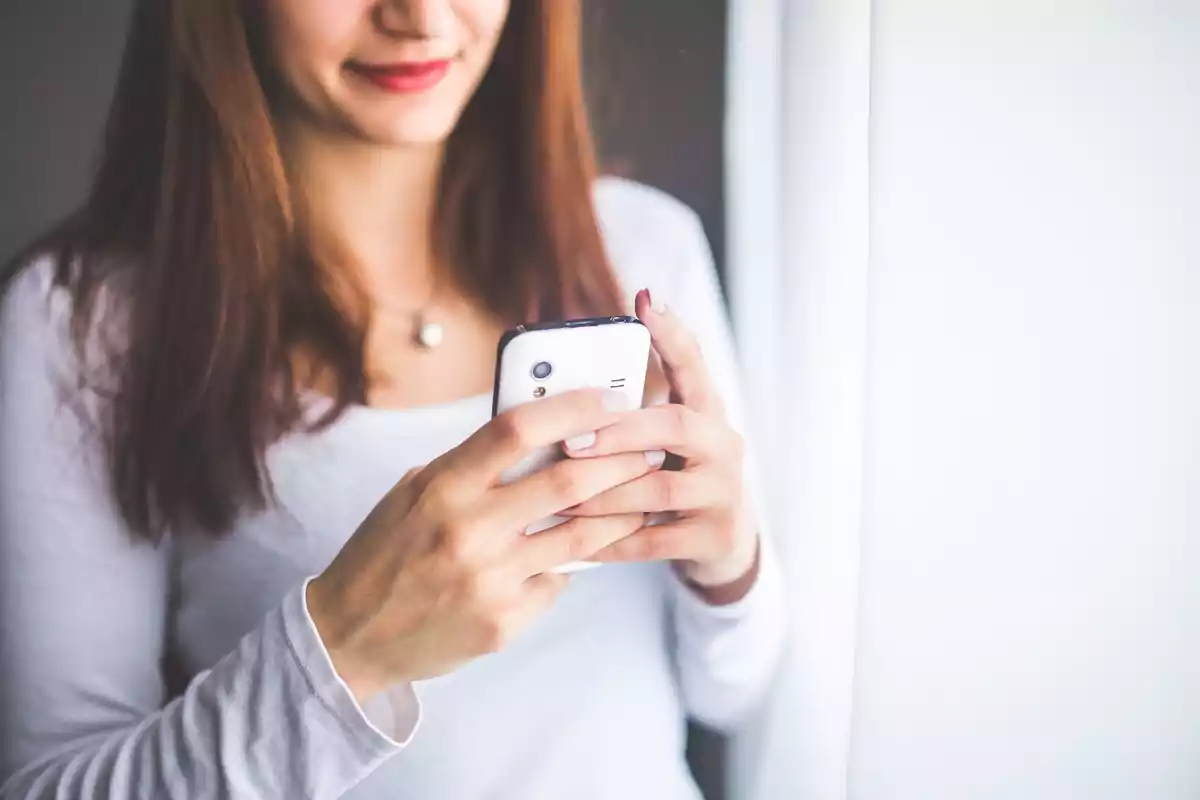Boticaria García, a scientific communicator and pharmacist who is 43 years old, has issued a warning that goes beyond the usual advice about sun protection. During the summer, most recommendations focus on avoiding sunburn, using broad-spectrum sunscreen, keeping the skin well hydrated, or not exposing oneself during peak hours of the day. However, her reflection focuses on another aspect that usually takes a back seat and directly affects health.
In her latest collaboration with the magazine Magas, the specialist has recalled that it's not enough to talk about hats, sunglasses, or photoprotectors. In her opinion, it's also necessary to analyze how and when we receive sun rays, even indoors. The debate she has raised has sparked great interest because it questions a belief about sun exposure.

Is it possible to benefit from the sun behind glass?
The pharmacist's answer has been clear. According to her explanation, conventional glass, whether in homes, cars, or offices, almost completely blocks ultraviolet B (UVB) rays. This means that, although the skin doesn't turn red, vitamin D synthesis isn't activated either. This is where her most important recommendation comes from: "It's necessary to ensure enough outdoor sun exposure to get vitamin D."
This clarification is key because, since UVB rays don't penetrate, the body is left without the possibility of producing that essential vitamin. However, that doesn't mean the rest of the radiation is stopped. Both UVA rays and visible and infrared light pass through glass, affecting the skin in different ways.

To balance the risks and benefits, Boticaria García insists on the importance of a middle ground. Sun exposure should be done in a controlled way, always with proper photoprotection and following the recommendations of dermatology specialists. Only in this way, she assures, can a healthy supply of vitamin D be kept without increasing skin damage.
The hidden impact of blue light: beyond screens
Meanwhile, the expert has also referred to the phenomenon known as "blue light." This is a high-energy band of the visible spectrum, present both in sunlight and in electronic devices, LED lights, or fluorescent lights. Its presence has caused debate in recent years, especially in opticians and dermatology consultations, due to doubts about its real effects.
Among the possible skin damage, one is accelerated aging, because the radiation promotes the formation of free radicals that degrade collagen. She also mentions hyperpigmentation, loss of hydration, and the resulting increase in sensitivity. All these factors are also related to a process of oxidative stress that compromises the body's ability to neutralize the damage.

However, when it comes to eyesight, scientific evidence is still limited. The Spanish Society of Ophthalmology has recalled that there is no proof that glasses with blue filters reduce eye fatigue or improve vision. For this reason, experts insist on focusing on skin sun protection and balanced sun exposure.

